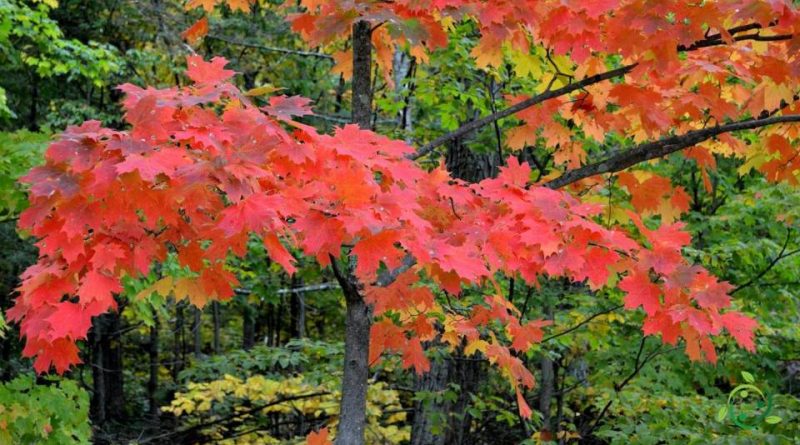Reproduction of silver maple
Reproduction of silver maple
The silver maple or creek maple, silverleaf maple, soft maple, large maple, water maple, swamp maple, or white maple, (Acer saccharum Marsh., 1785) is a plant of the Sapindaceae family, widespread in North America. Due to its importance, this maple leaf appears on the flag of Canada.
Suitable breeding habitat –
The Acer saccharum is a plant native to North America and its range includes the south-eastern part of Canada and the north-eastern part of the United States, from Newfoundland and Manitoba in the north up to Florida in the south and Utah in the west. Subsequently it was also introduced in Europe for ornamental purposes.
Its habitat is characterized by a variety of soil types, although it grows best in deep, rich and well-drained soils from sea level up to 1,600 meters, in wooded and generally hilly areas.
Propagation –
Sugar maple is a rapidly growing plant which has not given appreciable acclimatization results in Europe, while it is widespread in large American public and private parks.
The plant requires fertile, deep and fresh soils; it grows well in cold continental climates, with a marked temperature difference between summer and winter.
In general it can tolerate temperatures down to about -35°C when dormant but, according to some reports it could go down to about -45°C.
It is an easy to grow tree which however should not be grown in alkaline soils where it could suffer from chlorosis.
The trees need full light and plenty of space, and are tolerant of air pollution so they are often used for street trees although they can suffer from soil compaction and the use of road salt in freezing weather. It tolerates a pH between 4.5 and 7.3.
Propagation occurs by seed; it is advisable to sow as soon as this is ripe in a cold environment; usually germinates in the following spring. Many seeds are not viable, it is better to open some to see if there is an embryo. There is an average of about 95% germination.
Furthermore, it is advisable to immerse the stored seed for 24 hours and then stratify it for 2 – 4 months at 1 – 8 °C. It can be slow to germinate, sometimes taking two years. Seed can be harvested ‘green’ (when fully developed but before it has dried producing any germination inhibitors) and sown immediately. It should germinate in late winter. If the seed is harvested too early, it will produce very weak plants or no plants at all.
Transplanting should be done as soon as the seedlings can be handled, placed in individual pots to grow to a height of 20cm or more before planting out in open ground.
Stratification, which lasts about 12 months, is successful with most species of this genus.
It can also be reproduced by cuttings of young shoots at the beginning of summer. Cuttings should have 2-3 pairs of leaves, plus a couple of buds at the base. It is recommended to remove a very thin slice of bark at the base of the cutting, rooting improves if a rooting hormone is used. Rooted cuttings must show new growth over the summer before being potted otherwise they are unlikely to survive the winter.
Of this species there are some cultivars including: ‘Temple’s Upright’ or ‘Monumentale’, which takes on a broad columnar habit, and takes on orange shades in autumn; we also mention other decorative cultivars which are: ‘Globosum’, ‘Green mountain’ and ‘Legacy’.
Ecology –
Sugar maple is a plant that plays an important ecological role for the fauna and flora of the woods where it grows. In the wild, it grows in a wide variety of plant communities in eastern North America. It is dominant or co-dominant in many northern communities with mixed hardwood and mesophyte occurrence. Common co-dominant sites include beech (Fagus grandifolia), birch (Betula spp.), and American lime (Tilia americana). Acer saccharum is a plant that in nature reproduces by seed but also by vegetative means.
Seed production depends in part on genetic factors; some trees produce an abundance of flowers most years.
In north-central Wisconsin, yields are as good or better at 1 to 4 year intervals. Elsewhere in the United States good harvests occur at 2-5 year intervals and in Canada, at 7 year intervals. In good years the plants can produce 264 seeds per square metre.
The seed is mainly dispersed by the wind, which can carry it up to 100 m; however, most seeds do not go beyond 15 meters. Some seeds can also be dispersed by water.
The seeds can remain viable for up to 5 years when properly stored.

